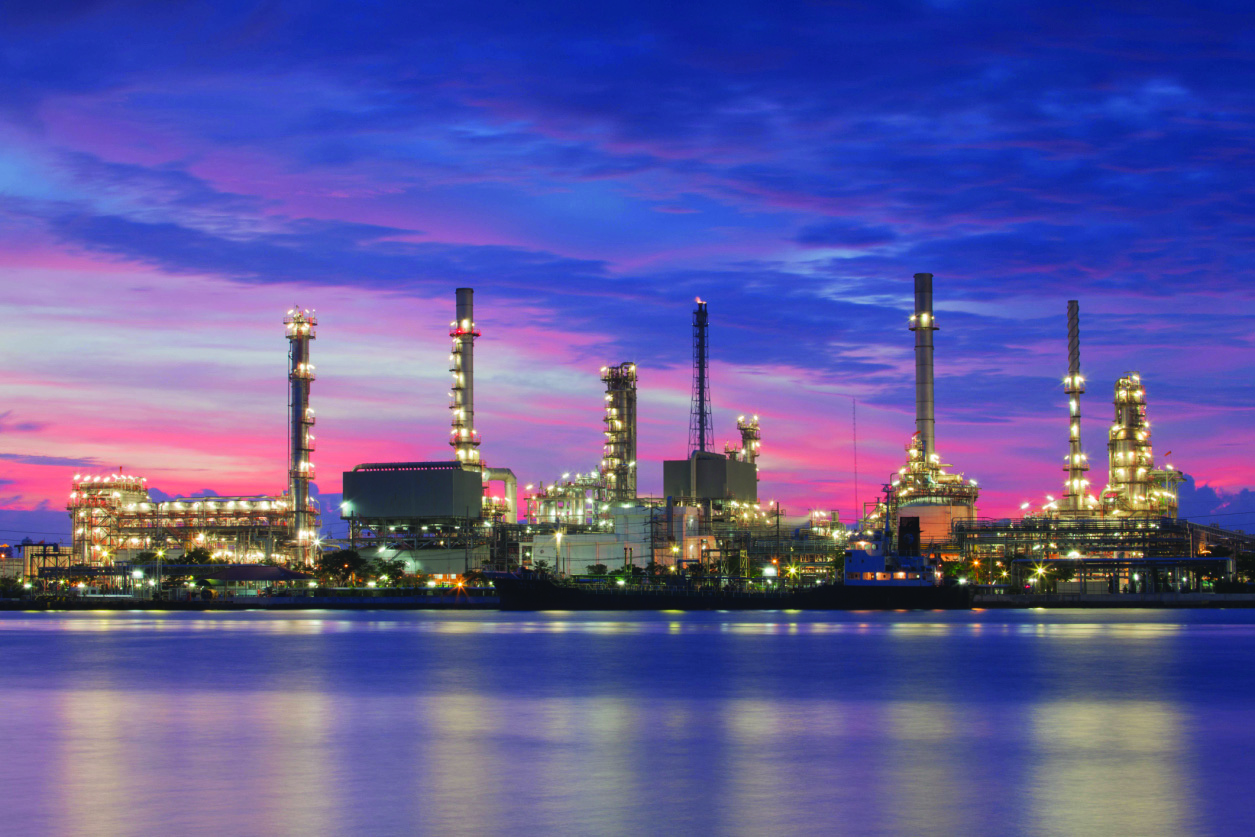The power sector in Sub-Saharan Africa offers a unique combination of transformative potential and attractive investment opportunity. The inadequacy of electricity supply is a fact of life in nearly every sub-Saharan country.
Whether people can obtain electricity (access), and if so, how much they are able to consume (consumption) are the two most important metrics that can indicate the degree to which the power sector is supporting national development.
From an electricity-access point of view, Sub-Saharan Africa’s situation is the world’s worst. It has 13 percent of the world’s population, but 48 percent of the share of the global population without access to electricity.
The only other region with a similar imbalance is South Asia, with 23 percent of the world’s population and 34 percent of the people without access to electricity.
Furthermore, in most countries, electricity is provided by expensive diesel generators, with prices ranging from three to six times what grid consumers pay across the world. This makes many Africa-based industries and manufacturing sectors uncompetitive, slows job growth, and drags down annual GDP growth between one to three percentage points.
The high penetration of generators, however, demonstrates that African businesses and consumers are willing to pay for electricity. The region’s power sector is significantly underdeveloped, whether we look at energy access, installed capacity, or overall consumption. This creates opportunities across the entire power-sector value chain in Sub-Saharan Africa, especially as growth rates in other regions stagnate.

